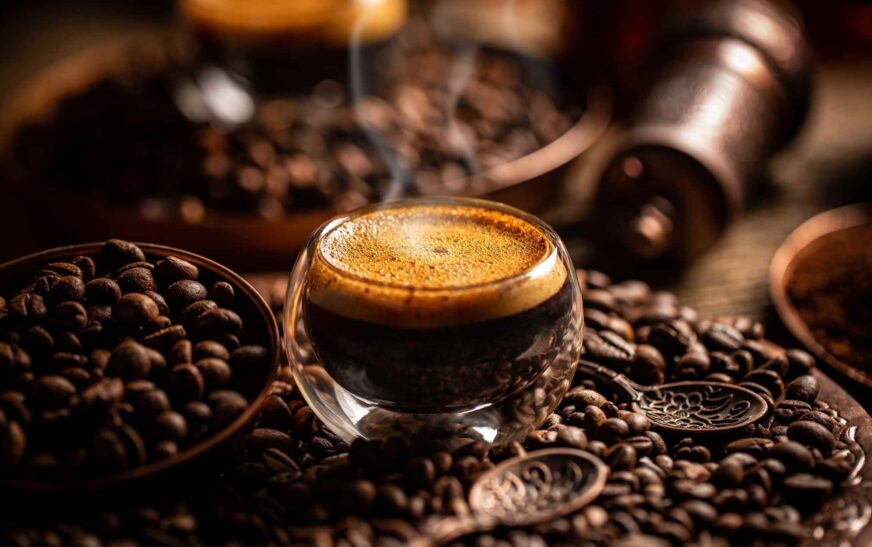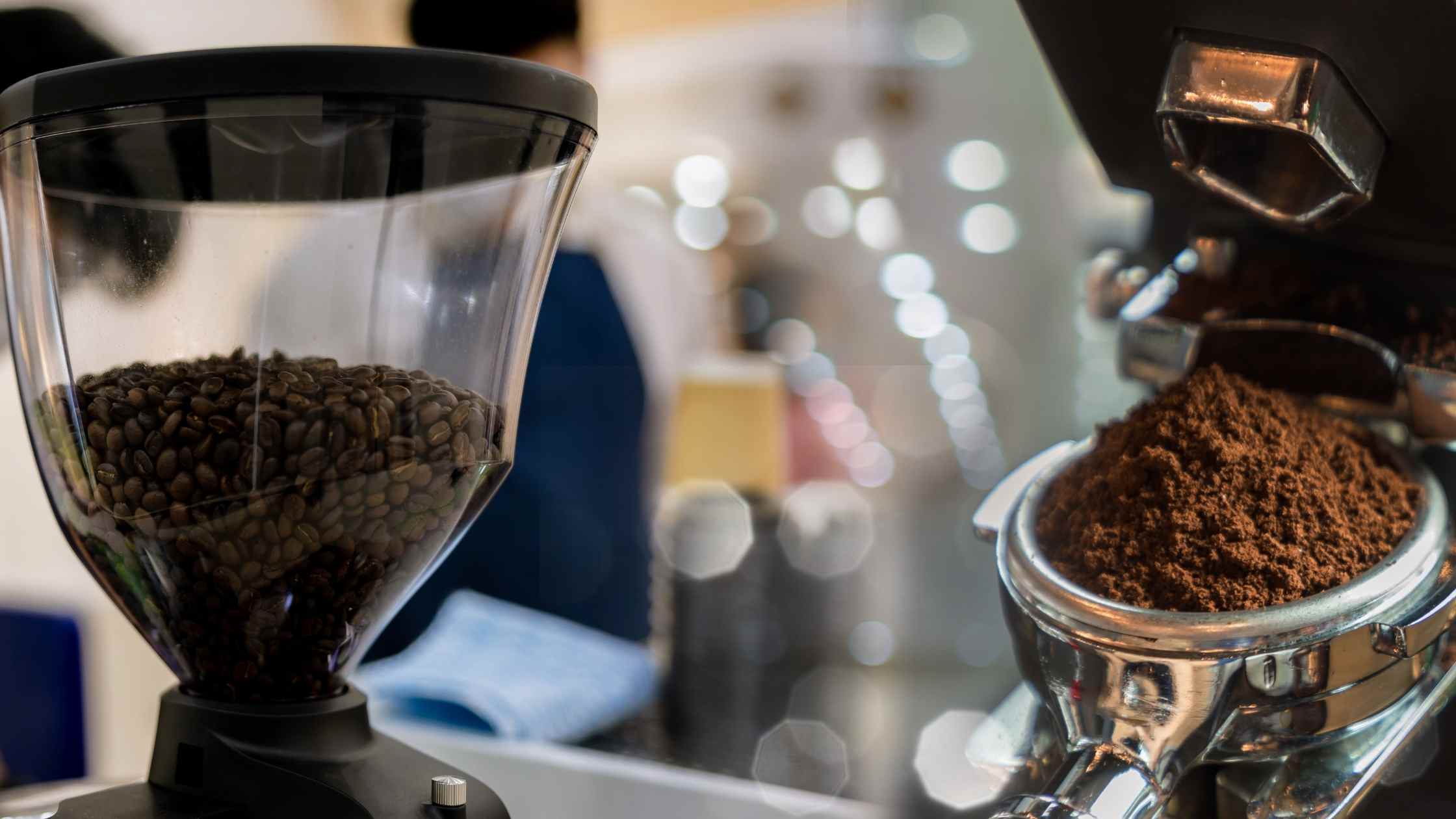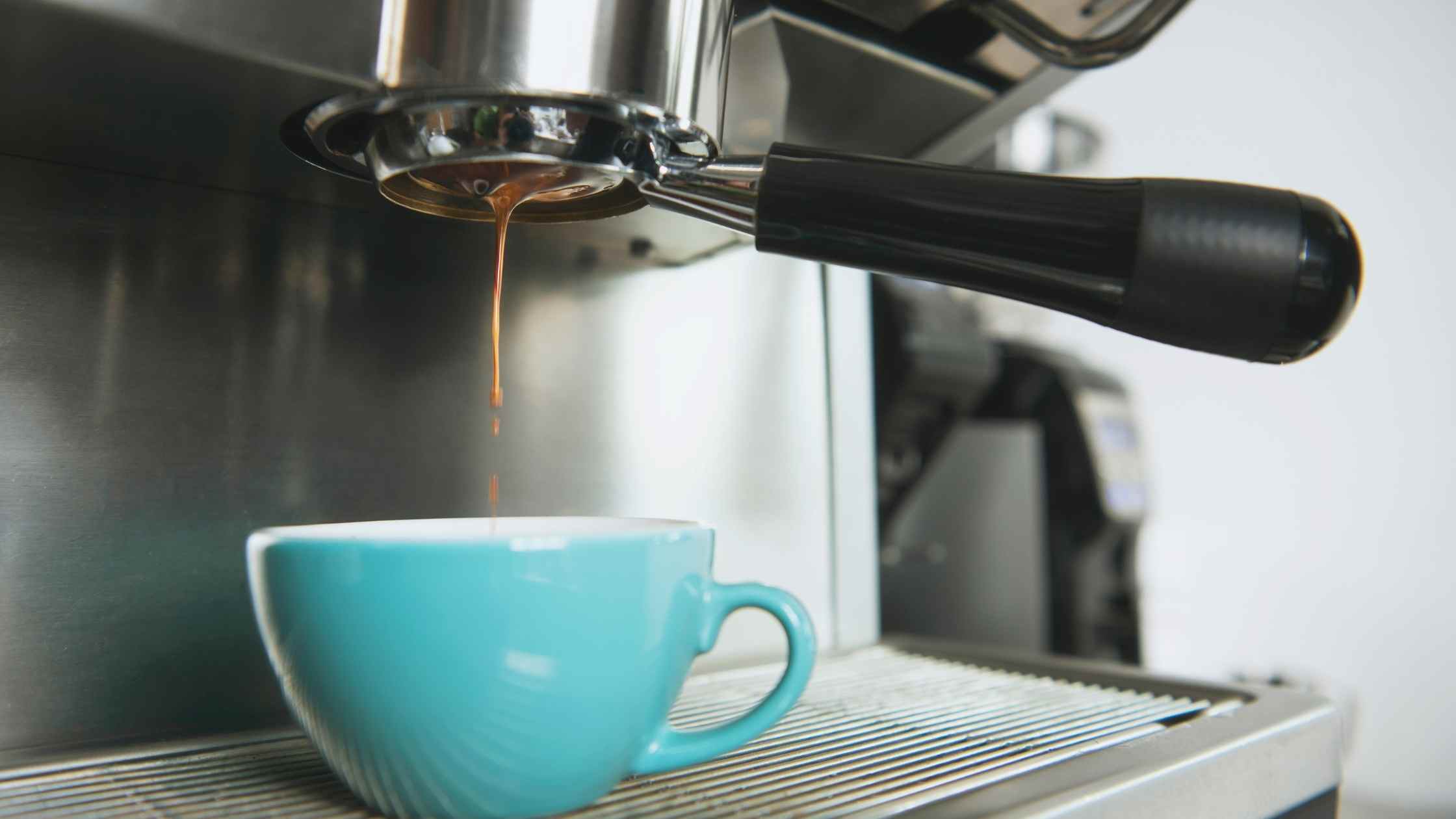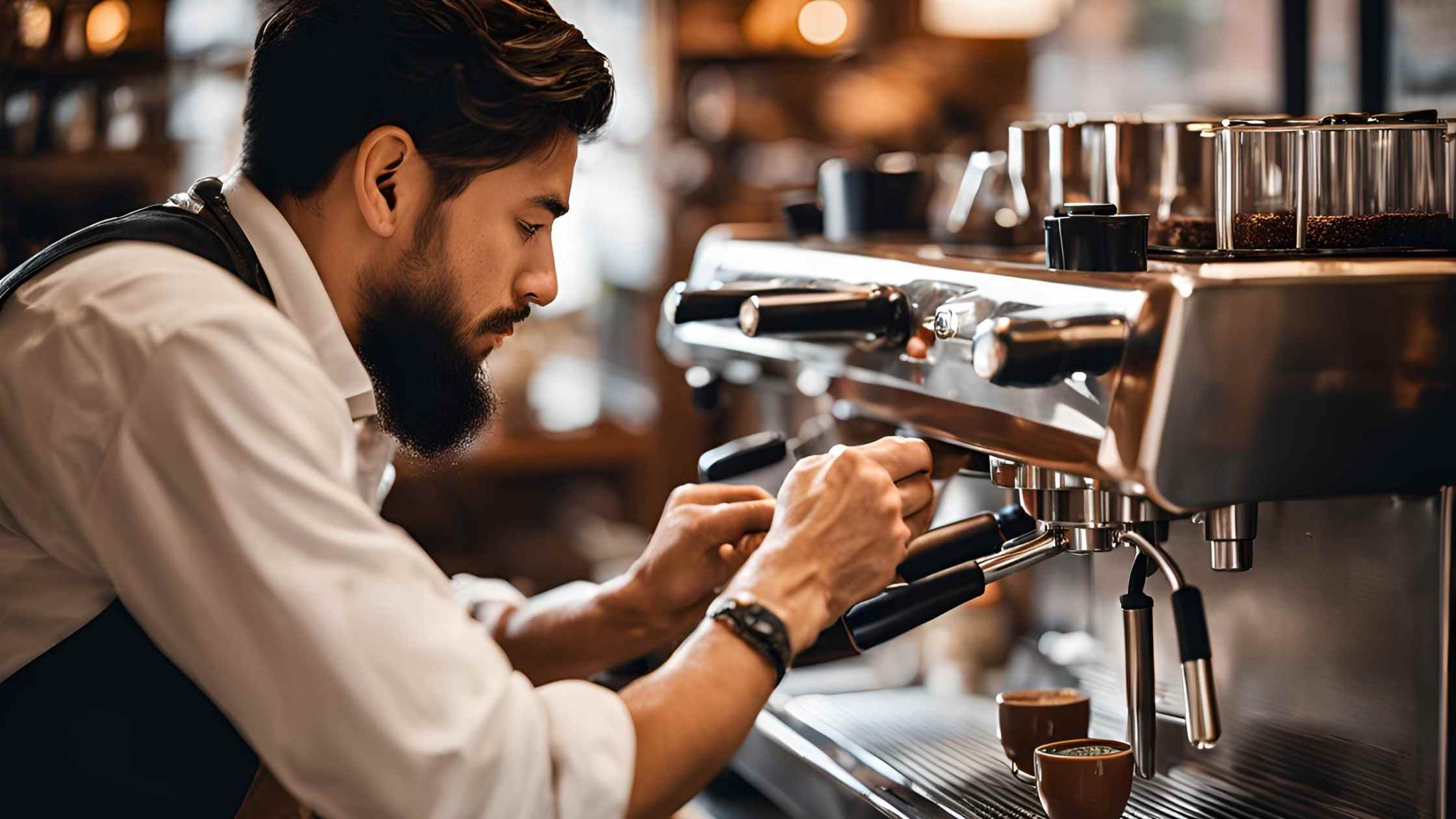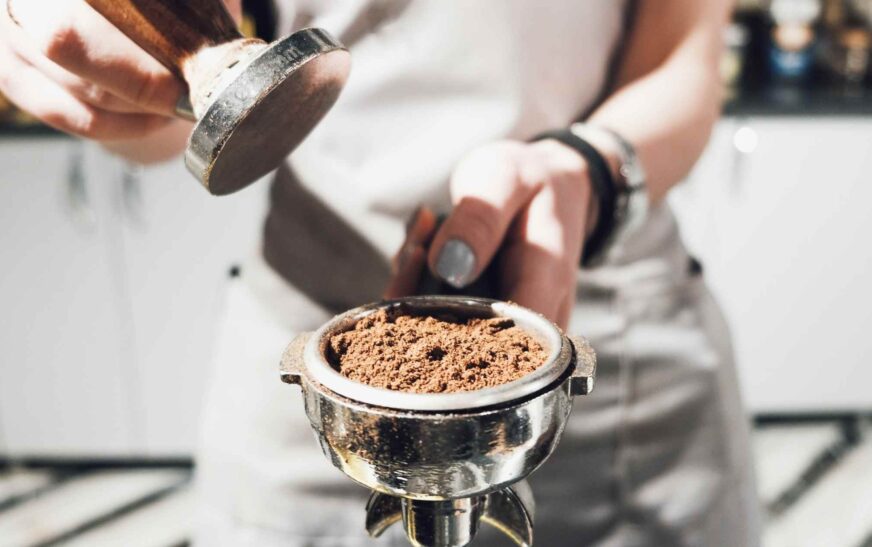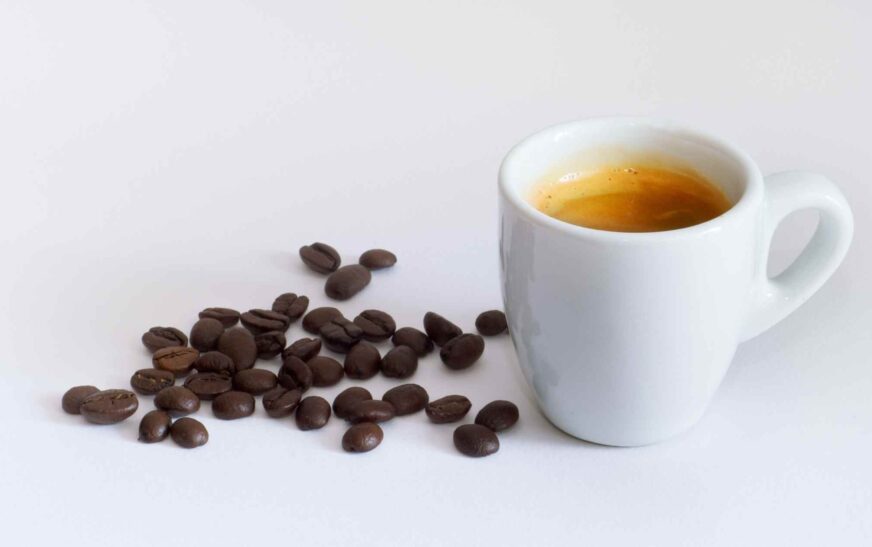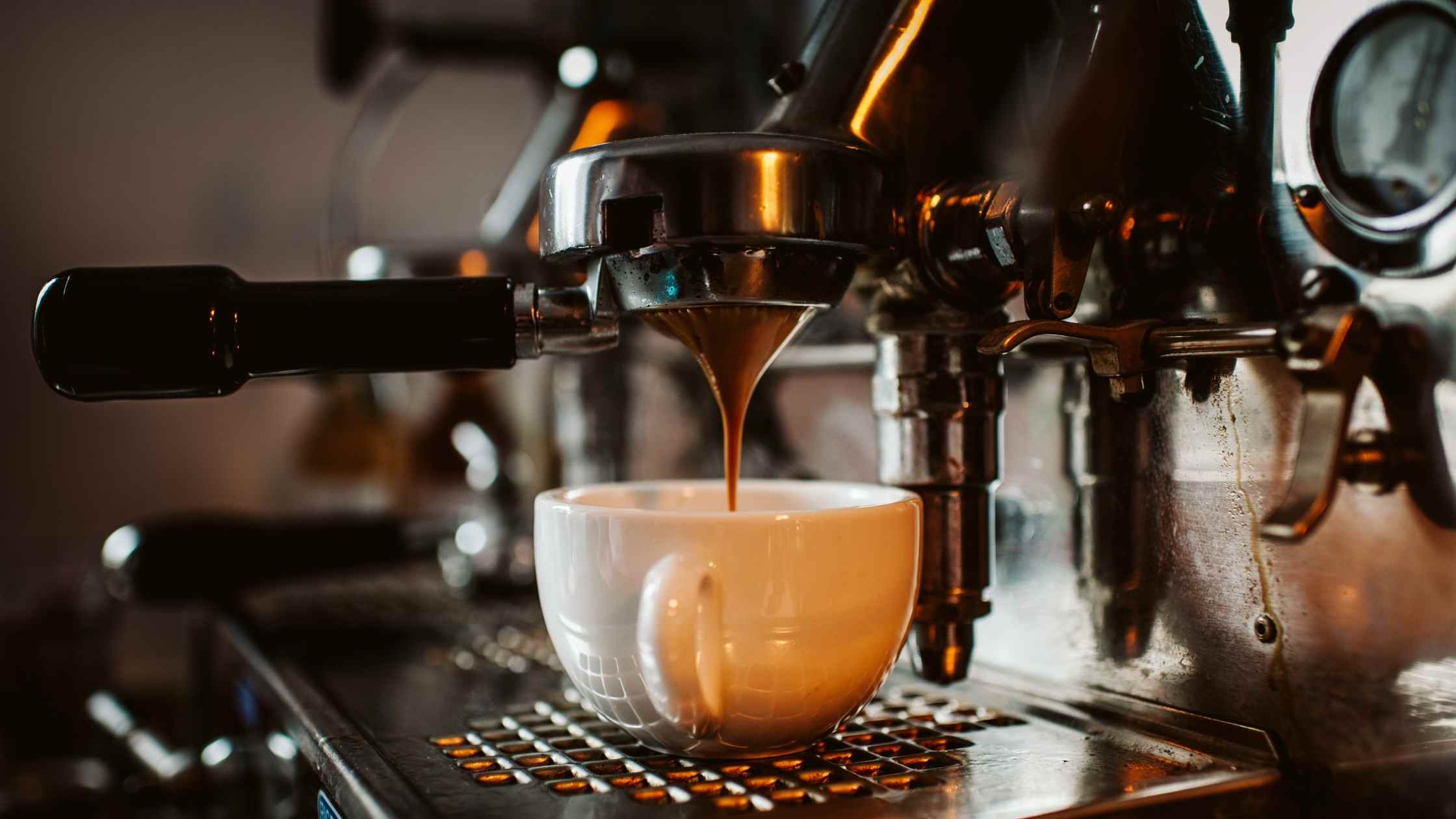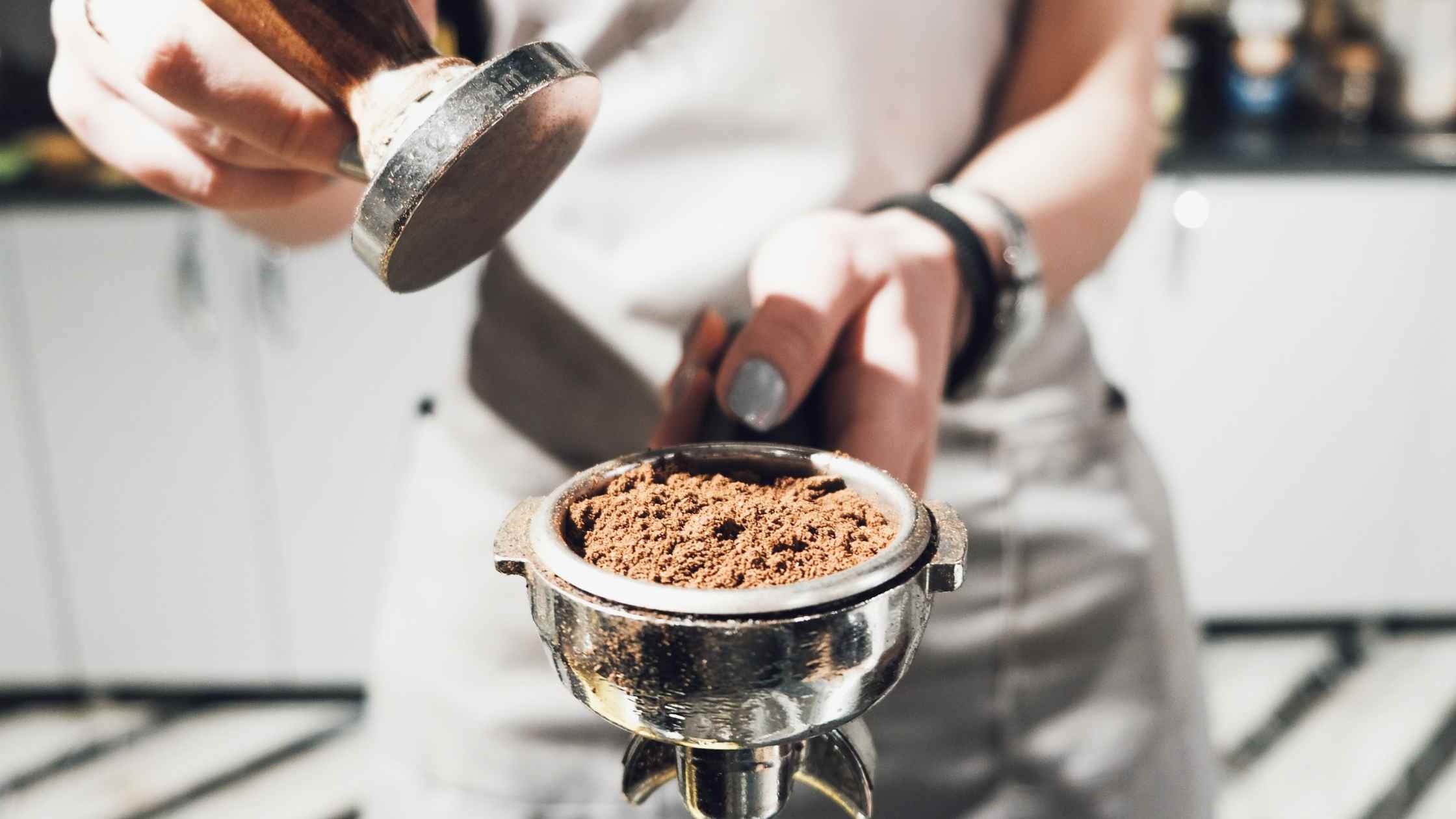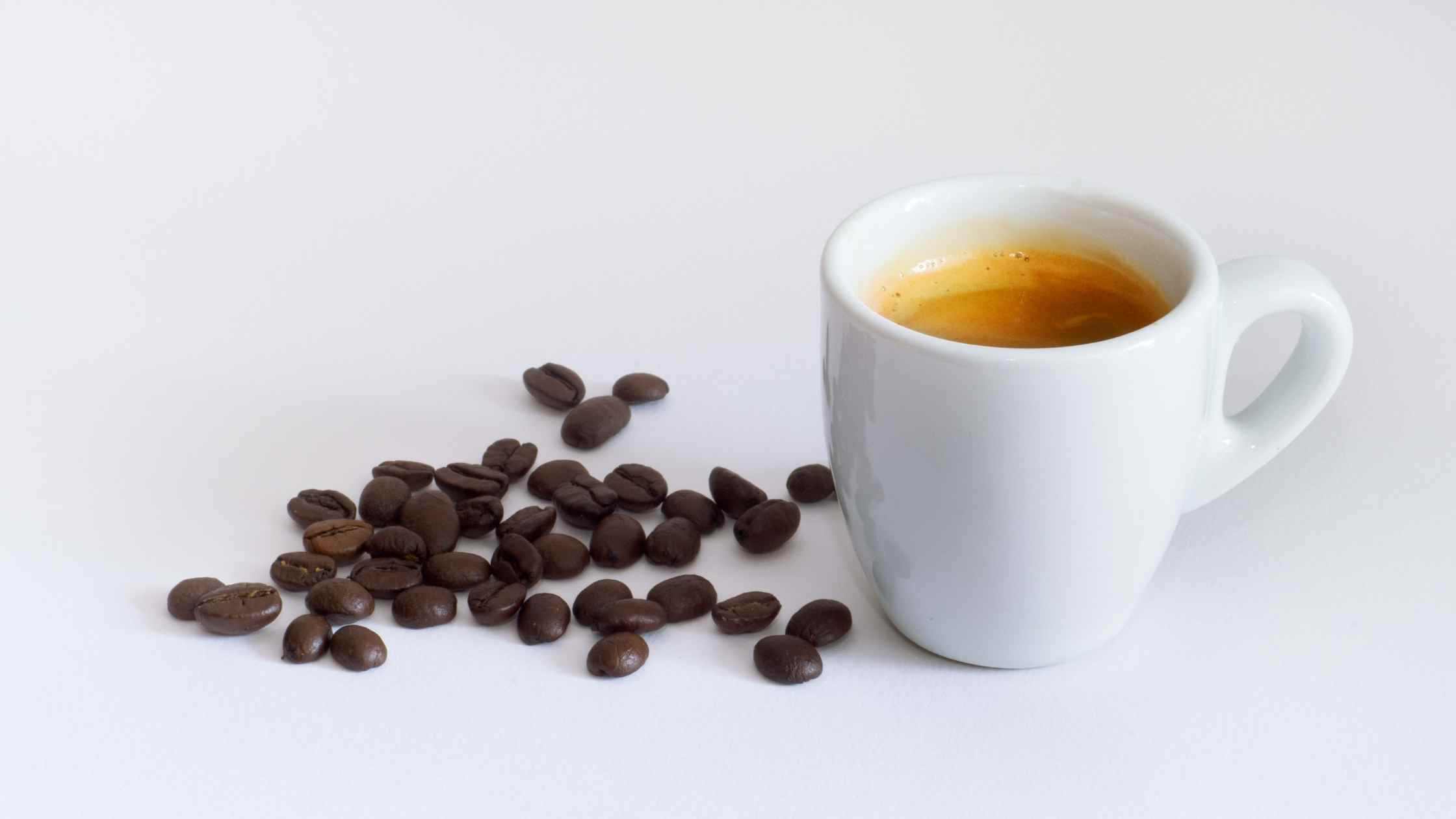Hi, everybody. I’m Alex Martinez, a coffee lover, and today I’m diving into one of the most important factors that separate great coffee from just decent ones: the coffee-to-water ratio. Whether you are brewing that silky-smooth pour-over, using a faithful French press, or even experimenting with immersion methods, this ratio is essential to unlocking the best flavors from your beans.
Well, in this post, I’m going to move beyond simple recipes. I will give you, from a pro perspective, an understanding of why ratios matter and how you can exploit them to get that perfect cup of coffee—whatever the quantity you are brewing. Let’s get into it!
What is this ‘coffee-to-water’ ratio, and why does it really matter?
This ratio is defined as the quantity of coffee grounds you have in comparison to the amount of water. It is often written in this format: “1”
Then, 1 g of coffee is balanced by x grams of water. The ratio finally becomes the basis for brewing since it determines the balance and strength as well as extraction of your coffee.
But you’re asking me now, why a ratio rather than a straight recipe? The answer has something fundamental to do with flexibility. As you might know, nobody—ding, of course—drinks precisely the same amount of coffee on a morning, and sometimes you want just one cup, but other times it’s a full pot, and a ratio automatically scales to your needs so you always get that fantastic flavor no matter how much coffee you’re brewing.
The Golden Ratio: 1:17
This ratio, 1:17, I have come to call the “sweet spot” of most pour-overs and drip methods. What that means is that for each gram of coffee you’re using, you’re using 17 grams of water. So why this ratio? Really, it’s all in the optimal extraction: a process in which water is drawing out exactly the right amount of soluble flavors from the coffee grounds.
A 1:17 really brings out the strength and flavor, so it is neither too weak nor overpowering. For example, if you use 30 grams of coffee, match that with 510 grams of water, or about 17 ounces, and you really will get a brew that hits all those marks.
Why Weigh Your Coffee?
But accuracy—let’s talk about accuracy. Now, measuring in grams for your coffee and water is the most accurate, folks. I mean, you could try to get the tablespoons and ounces, but a scale allows you to dial it down to a precision certain to produce the same great cup time after time. Besides, changing up the recipe to try different beans or techniques isn’t much more complicated than just making a difference in the recipe.
I would recommend a general kitchen scale that can weigh in grams. However, if serious about one’s coffee or venturing into espresso, a more precise scale, like the Acaia Pearl, capable of weighing to the tenth of a gram is ideal for espresso brewing where fractions make all the difference.
If you don’t have one, don’t freak out. If you want a very rough estimate of the conversion, 1 tablespoon of coffee is approximately 4 ounces of water, but understand that it isn’t nearly as accurate as measuring by weight.
Correct for full immersion brewing
Now, let’s talk a little bit about immersion brewing techniques. That would be French press, siphon, or Clever Dripper. Kind of like pour-over, but with the water and coffee grounds sitting together for the whole brewing process. It extracts flavors more slowly and thoroughly.
I suggest to modify the extraction immersion ratio to 1:15. Why? Because grounds are allowed to stay a while longer in water; thus, the lesser amount of coffee prevents over-extraction and bitterness. So, according to my own view, this ratio 1:15 will provide well-balanced richness rather than being too bitter.
How Different Ratios Affect Flavor
Now that we know the basics, let’s take apart exactly how altering the ratio affects the taste in your cup of coffee:
Stronger 1:15 ratio: It can be used for immersion brewing or if you prefer a stronger and bolder flavor. You are expecting a full mouthfeel with an intense taste.
1:17 ratio (balanced): Best suited for pour-over or drip systems This will be a well-balanced cup with smoothness in strength and clarity level.
1:18 or 1:19 Ratio (Lighter): People who like it lighter do very well with a higher ratio of water, thus diluting it a little more to some extent but presenting the nuanced flavors of the beans more intensely.
Remember, these are just starting points. Coffee brewing is a personal matter; don’t be afraid to adjust your ratios to suit your taste buds and types of beans. Some coffees come alive with a pull that’s a bit stronger, while others achieve their complexity in a lighter ratio.
Brewing ratios for common formulas.
To give it better vision, here are some of the most common break-down ratios for brewing methods:
| Brew Method | Ratio | Example (30g Coffee) |
| Pour-Over/Drip | 1:16 to 1:18 | 480g – 540g water |
| French Press | 1:14 to 1:15 | 420g – 450g water |
| Aeropress | 1:14 to 1:16 | 420g – 480g water |
| Cold Brew | 1:14 to 1:16 | 420g – 480g water |
These ratios aren’t set in stone, but they provide a great starting point. Once you’ve dialed in the ratio that works for your taste buds, you’ll have the confidence to brew a fantastic cup every time.
Tips for the perfect brew every time.
Consistency is King. Whether you’re using a scale or measuring by tablespoons, consistency is key to getting a reliable result every time. Once you’ve found your perfect ratio, stick with it! Fresh beans matter: Because the quality of your beans is only as good as the beans you’re using, it’s fresh roasted beans that can always yield the best flavor. If the store will grind them before selling, that’s perfect for locking in all those delicious aromas.
Adjust According to Taste: Don’t be afraid to adjust your coffee-to-water ratio slightly based on your personal preferences or the specific beans you’re using. Some coffees are more acidic and benefit from a bit more water, while others are richer and do well with a slightly stronger brew.
Last Words
The sweet ratio of coffee to water will take your brewing to the next level. Whether you are brewing a cup or brewing for a gathering with friends, these ratios will allow you to hit consistency, balance, and flavor every time. Remember that brewing is as much an art as it is a science, so don’t be afraid to test and find your sweet spot. Now that you’re armed with the knowledge of coffee ratios, go ahead and brew the perfect cup! And if you’re looking for your next great batch of beans, I’ve got a few recommendations up my sleeve—stay tuned!

